One of the unsung muscle cars of the ’60s and ’70s that does not get enough credit is the Mercury Cougar. Even though it sold far better than the company could have ever hoped for, it had some big problems to contend with. Those problems were the Ford Mustang, the Chevrolet Camaro, and the Dodge Challenger. Those were the names that muscle car lovers were focusing on, with only a few looking outside the box. The big names of the time were hard to compete with because of the massive amounts of media attention, but for those that like to live outside the average, there was some very nice muscle to be had, such as the Mercury Cougar, and here’s why it needs more attention.
10 The Mustang Was Upgraded Into The Mercury Cougar
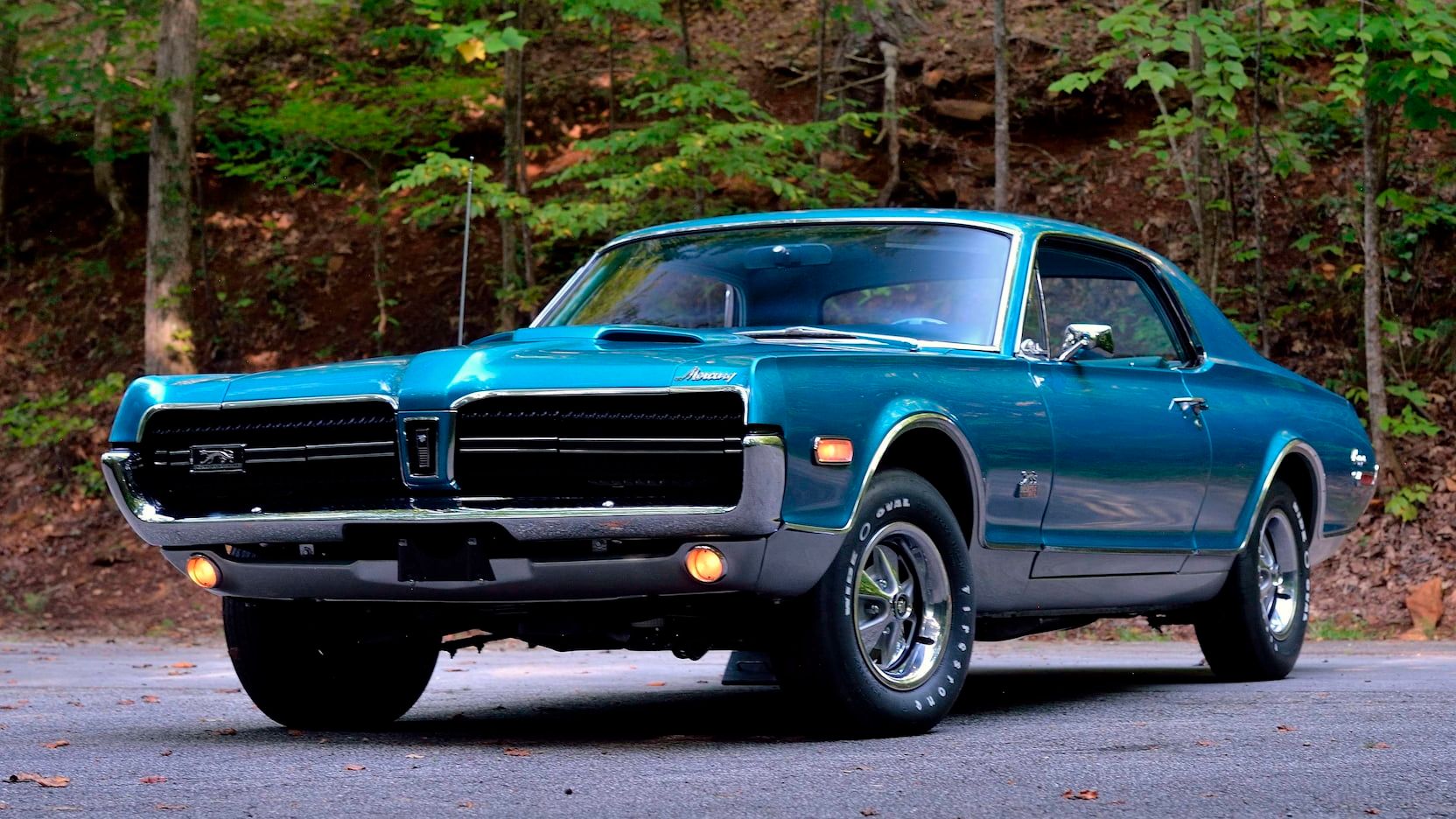
The Mercury Cougar was an idea long before the Mustang was produced and sold on the market. In fact, the Ford Motor Company had different teams brainstorming various ideas for both Mercury and Ford. Even though both of the designs showed extreme promise, the executives decided to push forward with the Mustang and left the Cougar for a later date. When the Mercury Cougar did come up in the market, the company advertised it as the car that Mustang owners could step up to, or to put it bluntly, the car was a Mustang that was upgraded into the Mercury Cougar.
9 “The Sign Of The Cat”
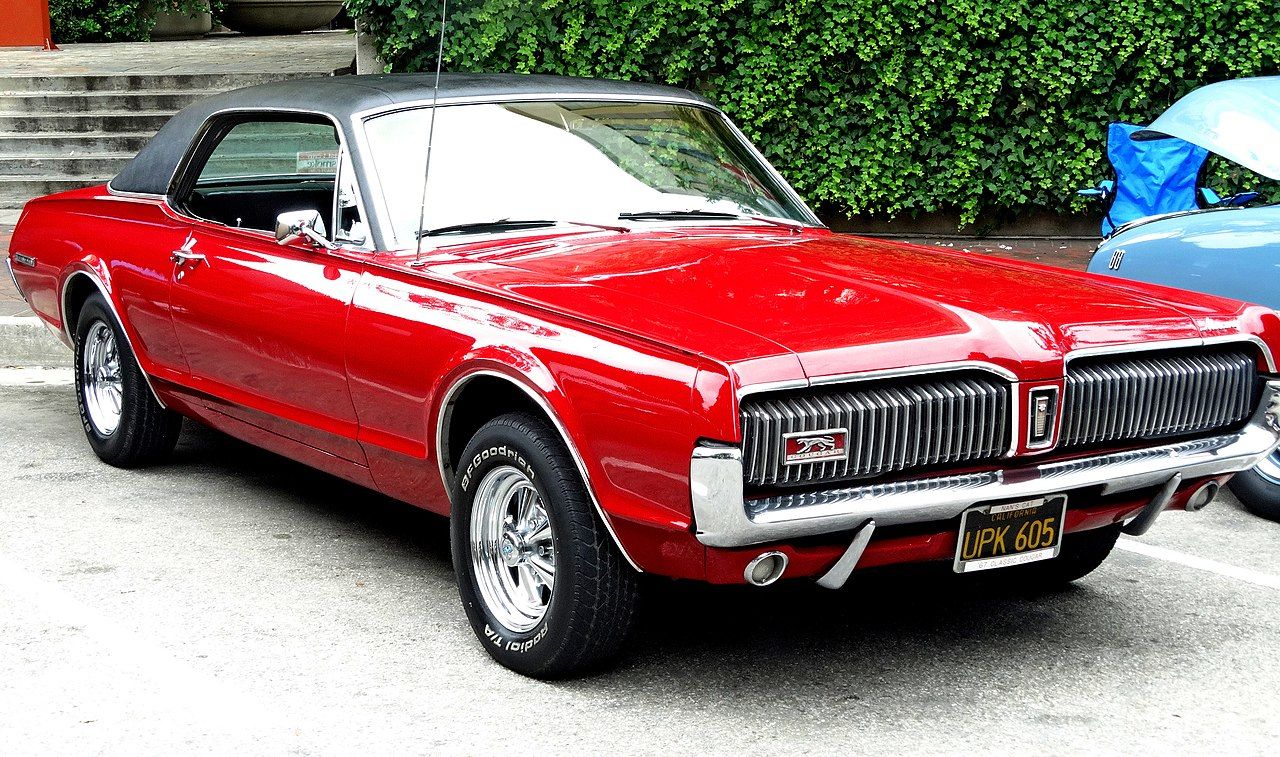
In 1967, consumers traveling through town would be caught off guard when driving past the local Lincoln/Mercury car dealership. A picture of a big cat would be on the top of the sign or building. Many say it was a Cougar, while others say it was a Bobcat or Lynx, all of which were names used as a nameplate on a car. The company marketed its cars by telling new car buyers to look for “The Sign Of The Cat” above the dealerships that sold the Mercury Cougar. It caught people’s attention and worked as a great selling plan, propelling the Cougar up to the second most sold car for Mercury.
8 Mercury Cougar Was Not Just Mid-Sized
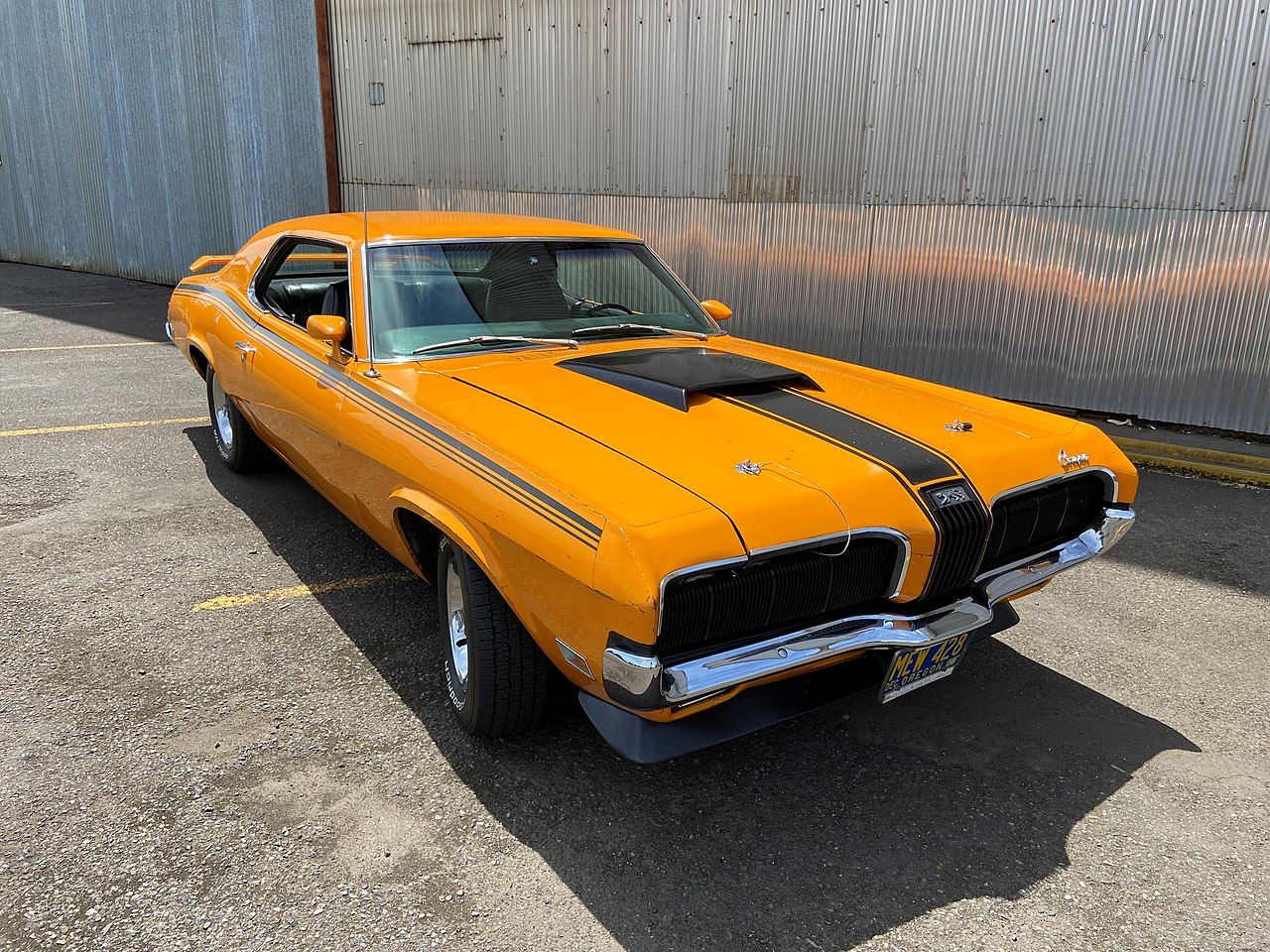
Many cars throughout the industry’s history have changed in size as the demands of the public changed, with the Mercury Cougar not being an exception. During the first two generations of the Cougar, the car shared the same platform as the Ford Mustang. The third and fourth generations were switched to the Ford Torino platform, making it bigger than the Mustang. The fifth and sixth generations were downsized to the fox body platform, while the seventh generation shared the same platform as the Ford Thunderbird. The final generation, the eighth, came back as a subcompact car sharing its design with the Ford Contour. The Mercury Cougar was not just a mid-sized car throughout its 35 years of production, giving Cougar fans many style and size choices.
7 The Cougar Was The Only Mercury With A Top Trophy
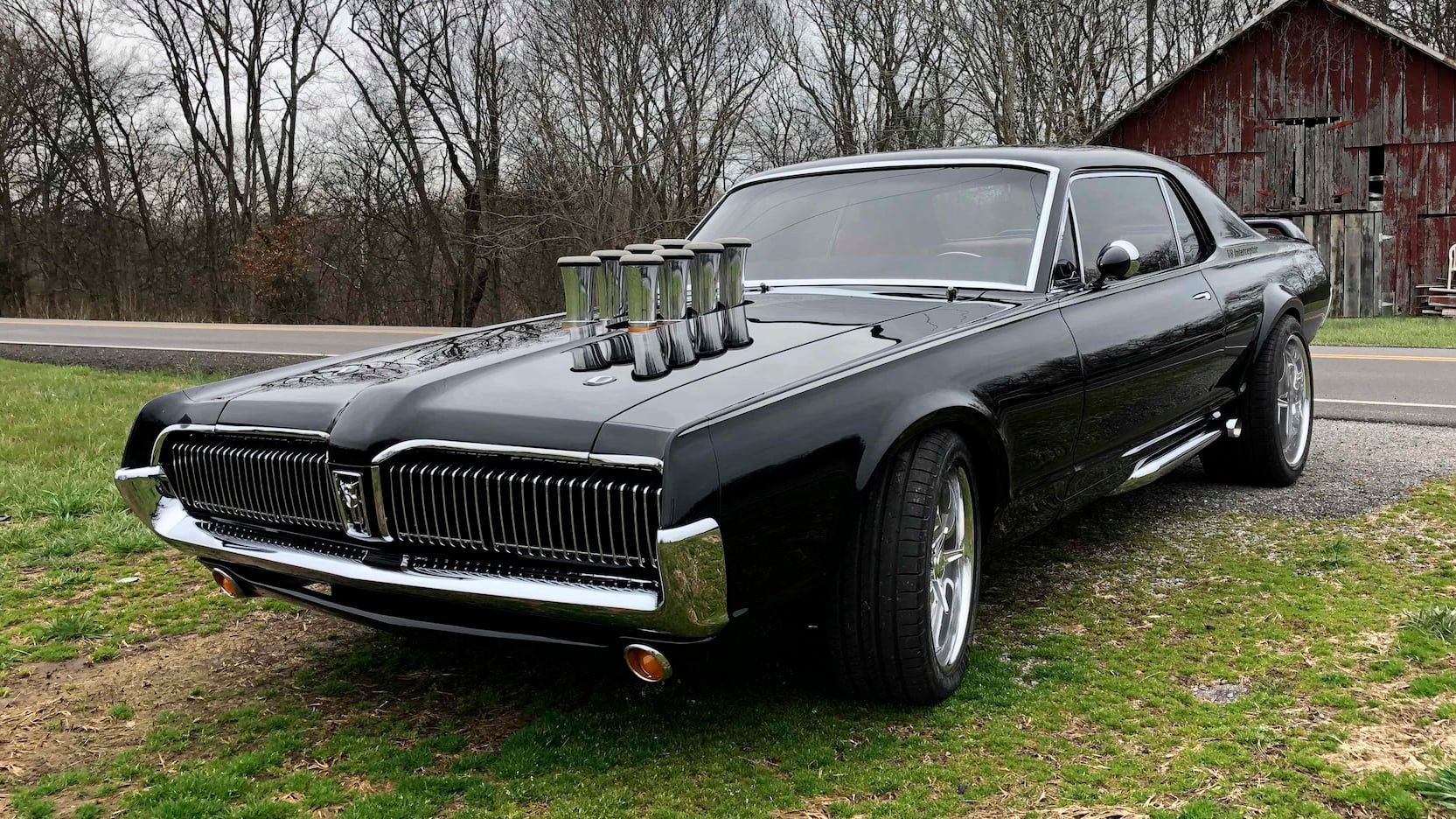
The Mercury lines throughout the years brought the public many great cars, but the Cougar was the only Mercury with a top trophy awarded to it. That distinction was given to the vehicle by Motor Trend as the 1967 Car of the Year. This is an award given to one car in every class once a year, so the trophy is a big deal considering how many rivals are fighting for it. The sad thing is that this was the only Mercury vehicle to ever win the award, even though the company had some great cars while it was still in the game.
6 The Cougar Came With Nothing But V-8s Initially
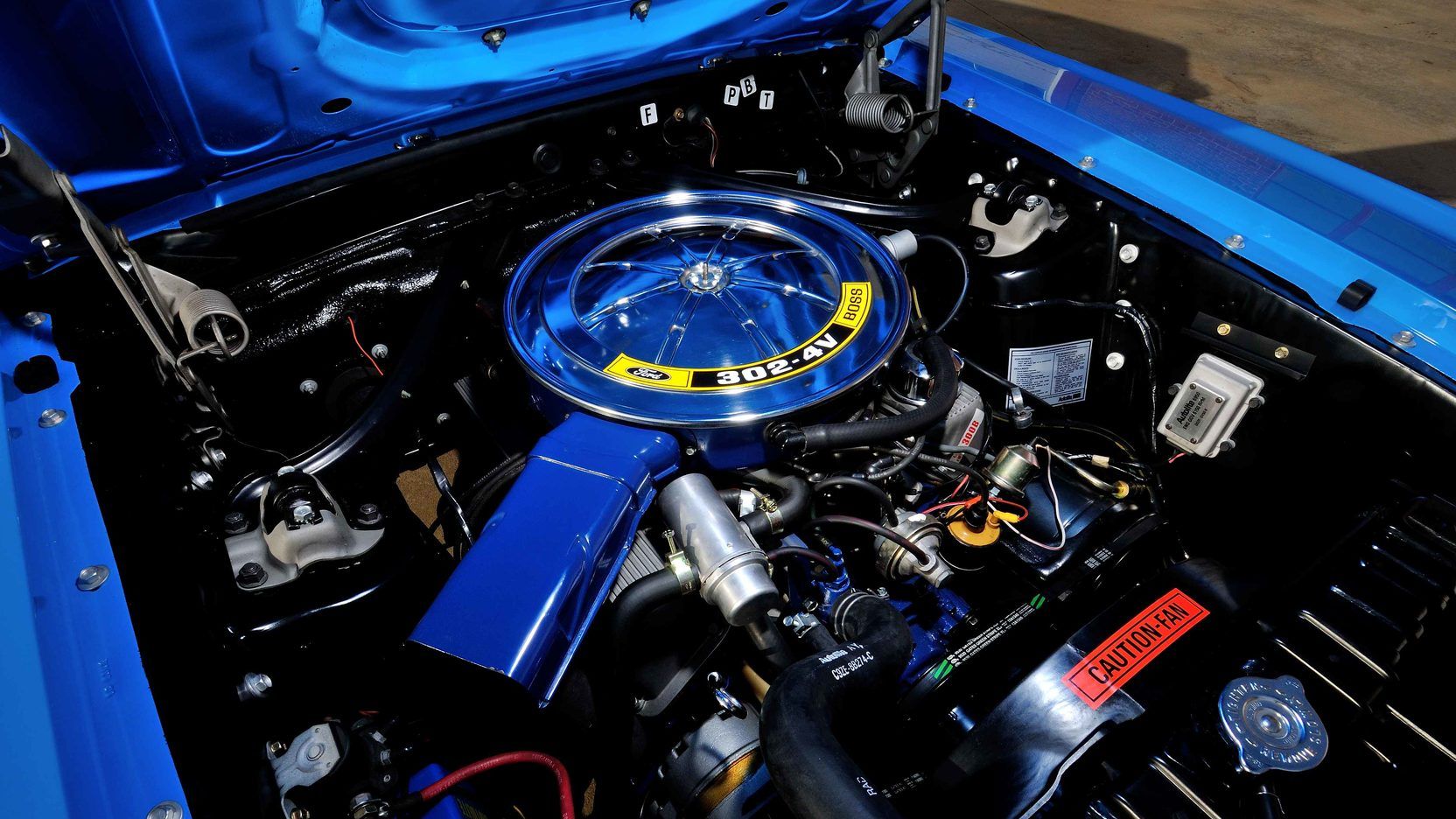
The one significant marketing difference the executives decided to follow, which was different from the Mustang lineup, was that there would be nothing but V-8s to start with under the hoods. The most common choices were the 289 and the 390. A 302 also became available in the second year until it was exclusively offered in the Mercury Cougar GT. In ’69, the Boss 302 was slid under the hood of the Cougar Eliminator, and of course, the mighty 428 Cobra Jet cannot be forgotten, which was the largest engine ever offered under the hood of the Cougar.
5 Cougar Was A Rental Car For Two Years
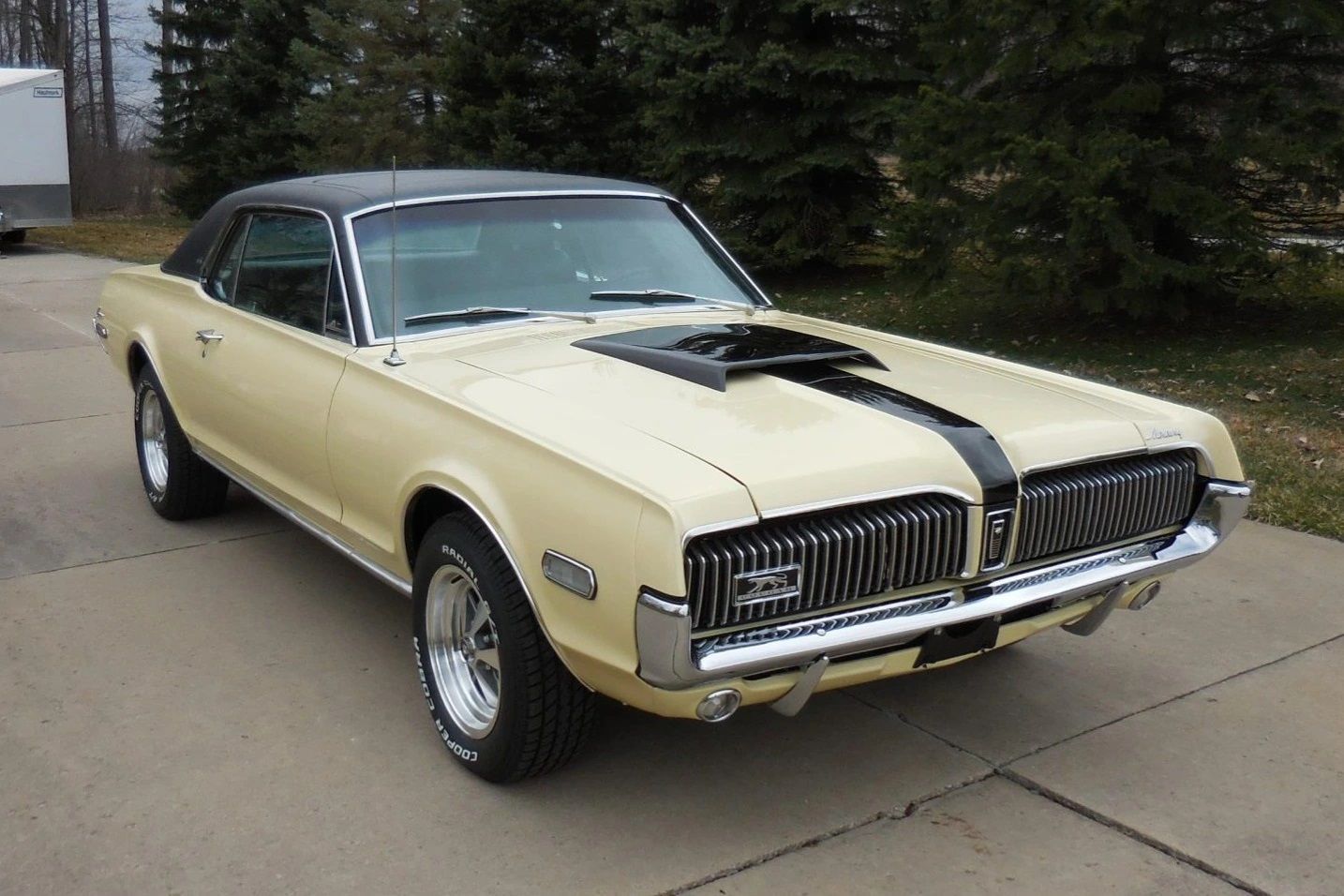
People running rental car agencies across the nation always find themselves looking for new cars to purchase to offer their customers. Those customers expect the best cars to be available, ones that are dependable enough to get them to their destinations and safe enough to protect them if an accident should ever occur. Mercury was lucky enough to obtain a contract with such a company, making the Cougar a rental car for two years for Hertz during 1969 and 1970.
4 Cougar GT Was A Beast
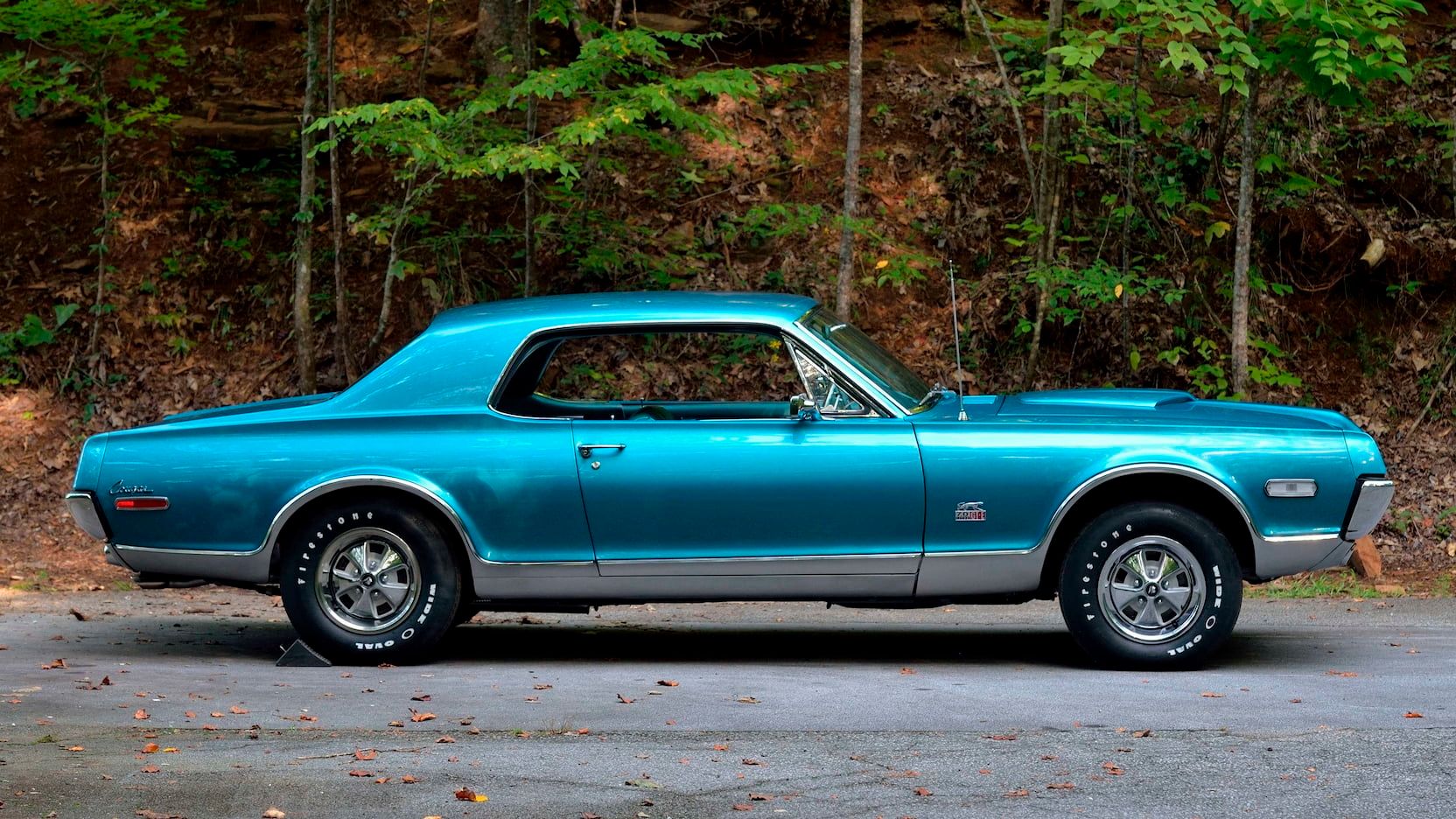
The base-level Cougar was enough muscle for most people, but for those wanting more, they had an upgrade option that offered a more track-ready car. By track-ready, it is meant that it was built to race. It was designed with a 390 Marauder GT engine under the hood to pump out 320 horses and a ground-pounding 427 pound-feet of torque. The Mercury Cougar GT was a beast of a car, designed for better performance with upgrades to the suspension, brakes, and wheels, and had a low-restriction exhaust system to help maximize power and torque.
3 Cougar Eliminator Crept From The Assembly Plants
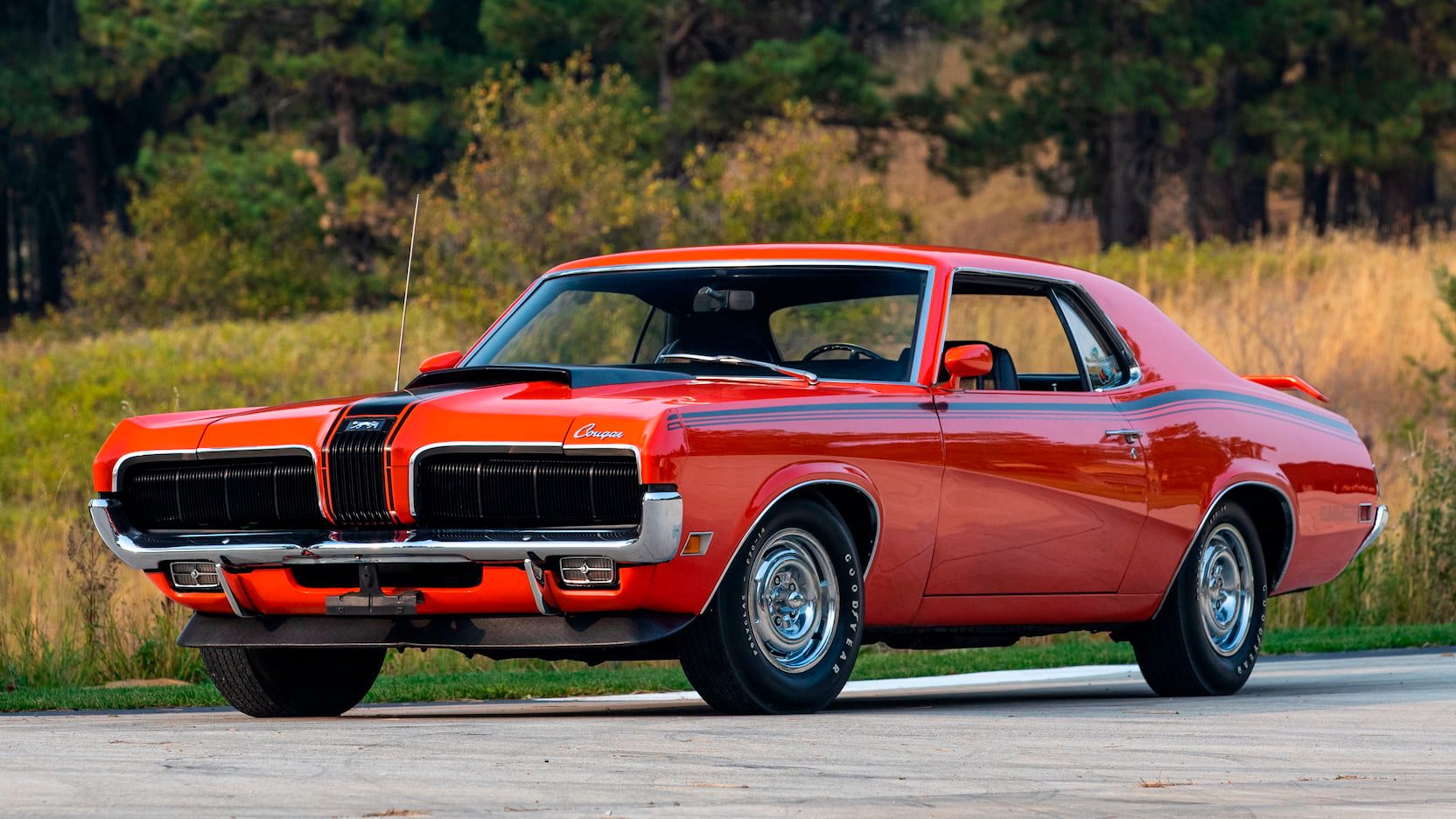
In April 1969, Mercury wanted a car built that could show off the new Boss 302 engine that was being slid under the hoods of Boss Mustangs. The Cougar Eliminator crept from the assembly lines to fit the role, replacing the Cougar GT as the upgraded muscle car version of the vehicle. The Eliminator was still offered with all the standard engine options that the rest of the Cougar lineup had, but the 302 Boss and the 351 Cleveland were the two most popular choices.
2 Cougar XR-T Was Luxury And Power
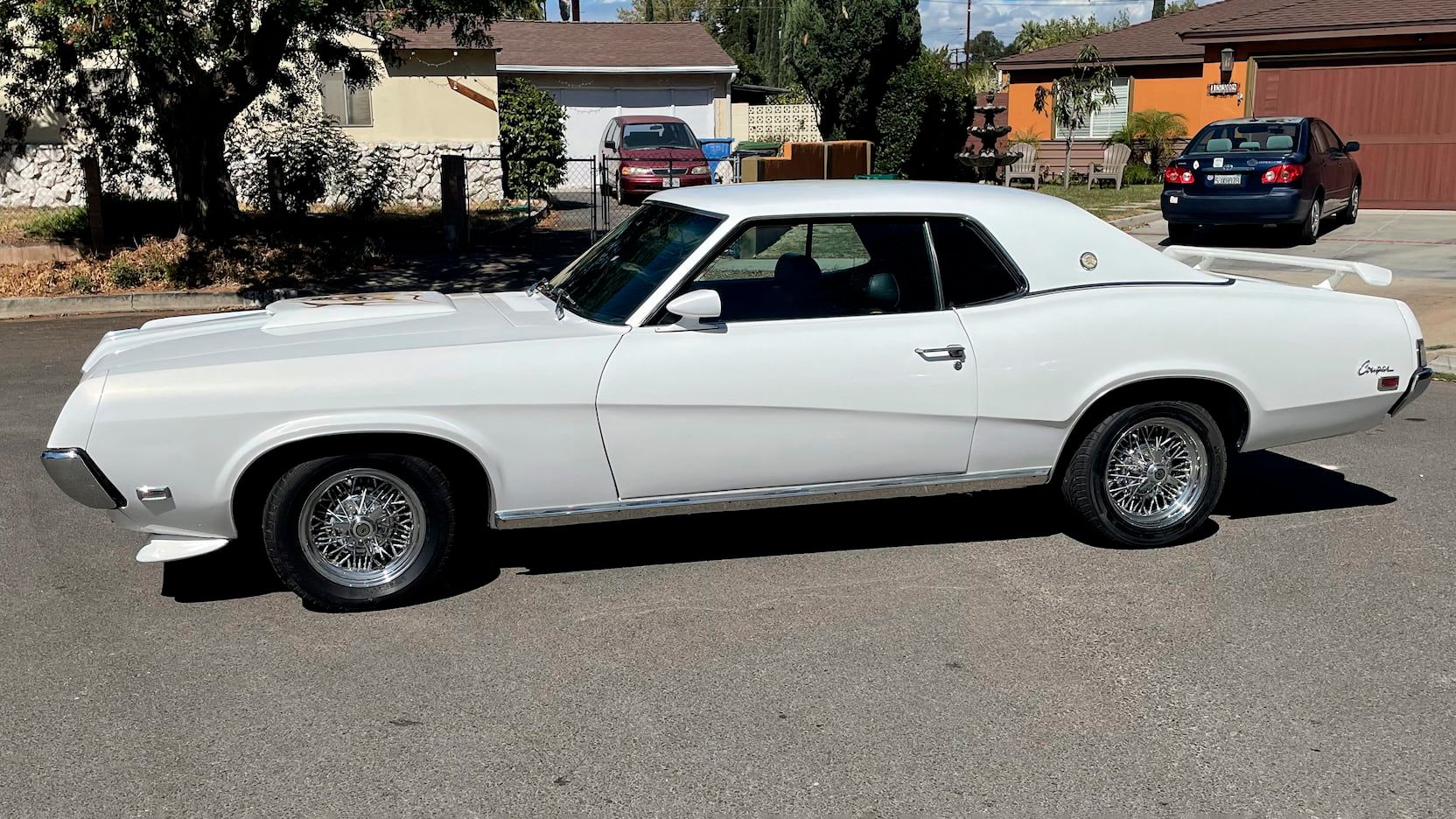
When the Mercury Cougar was first introduced to the market, the company advertised it as “America’s most complete luxury sports car.” The XR-T version took this idea to a whole new level, offering speed and luxury all wrapped into one mid-sized package. The Cougar was higher on the luxury pole than the Mustang but a little lower than the Thunderbird, but it had a style all to its own. The upgraded suspension created a level of ride quality that satisfied most consumers. The wood-grain dash with toggle switches and overhead warning lights all gave the appearance of a car designed for luxury. Still, the power and torque screamed to be let out on the track.
1 Mercury Cougar 20th Anniversary Edition Car
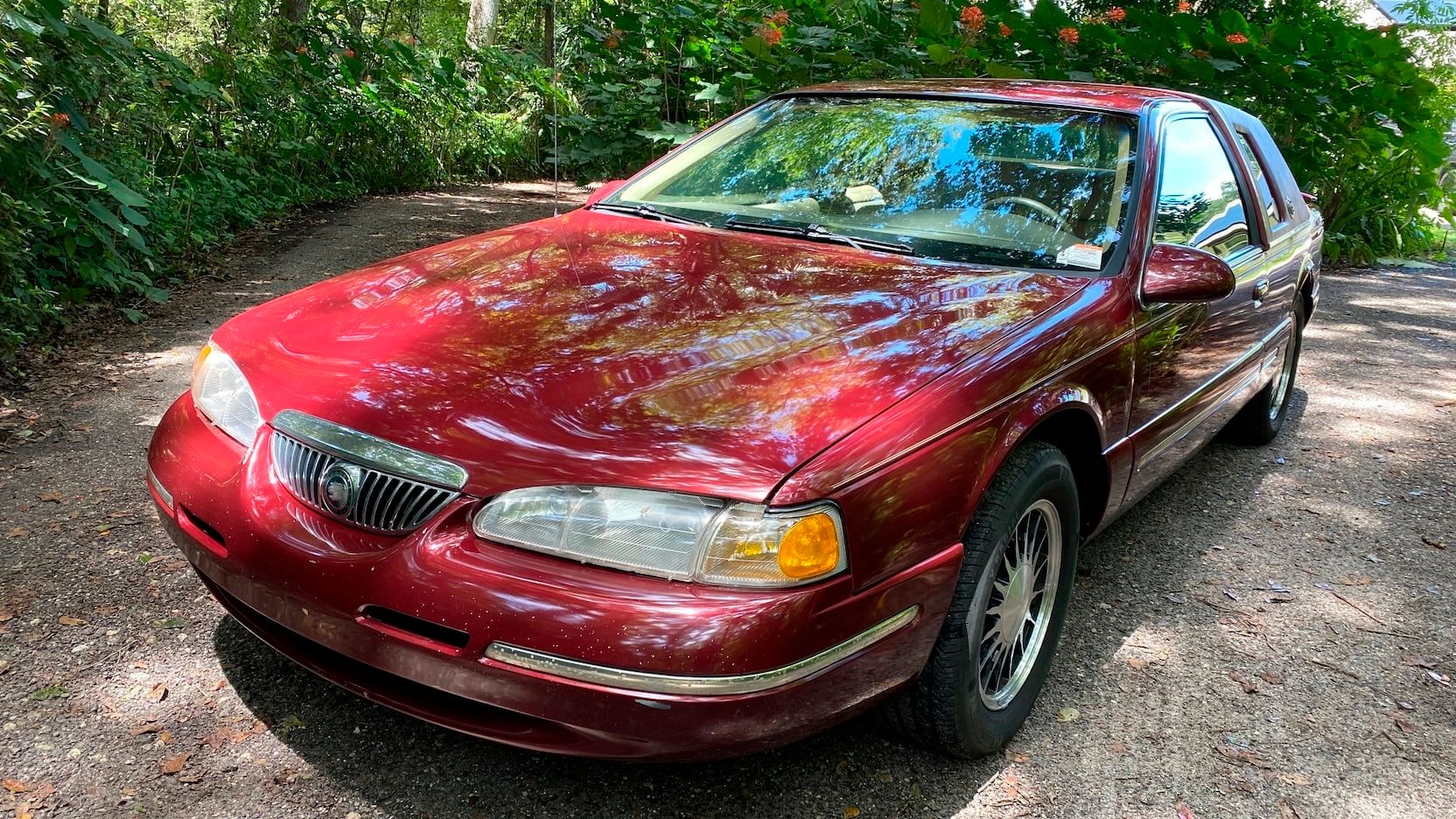
In 1987, Mercury wanted to create a unique car to celebrate the 20th anniversary of the Cougar. One that would stand out from the rest and give a few hard-core Cougar lovers a chance to get a unique car that showed their appreciation for the great line of vehicles. The Mercury Cougar 20th Anniversary Edition car came off the production lines with a Cabernet Red paint job with Midnight Smoke trim. The wheels, badging, and chrome trim were all coated with a layer of 24K gold. The engine was the powerful and popular 302, the rear axle was a limited slip version, the suspension was upgraded to the sport package, and all the available options became standard equipment with the anniversary edition Cougar.
FAQ
Q: Is the Mercury Cougar the same as the Ford Mustang?
The Cougar was based on the Mustang platform, but it was designed to be different. The Cougar had different sheet metal and was stretched out to be longer. The cars did have some similarities, but they were both designed slightly differently to give customers more options.
Q: Is the Mercury Cougar Eliminator rare?
The Mercury Cougar sold much better than the company had anticipated, but the Cougar Eliminator was minimal. In 1969 and 1970, only about 4,611 cars were produced, so when you consider that some of those have been lost over time, the Eliminator is truly a rare car worth looking for.
Q: How many Mercury Cougars were produced over the years?
The Cougars were the second most sold line of cars for Mercury. There were just under 3 million cars built throughout the 35 years of production, and the exact number is stated to be around 2,972,784 cars.
Q: How much is the 1970 Mercury Cougar worth?
Listing the value of a car can be tricky because so many variables are involved. The best way to get a current approximation of the value is to browse through some of the most recent auction results. In this case, the 1970 Mercury Cougar is shown to have a value of around $30,000.
